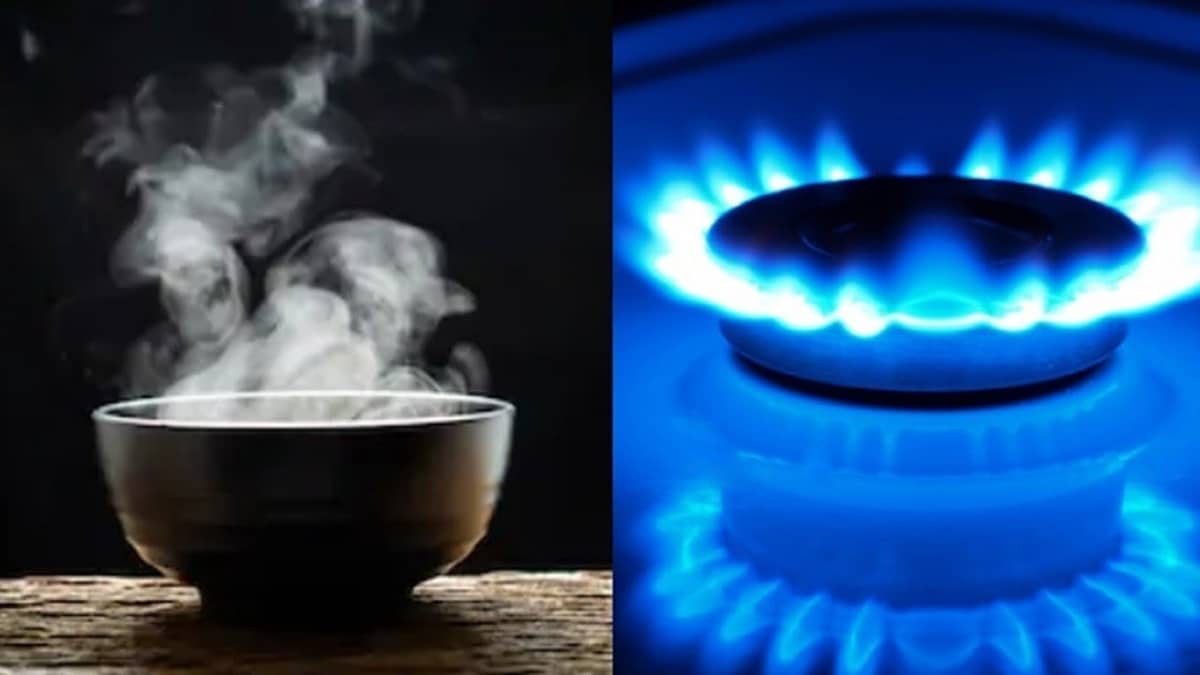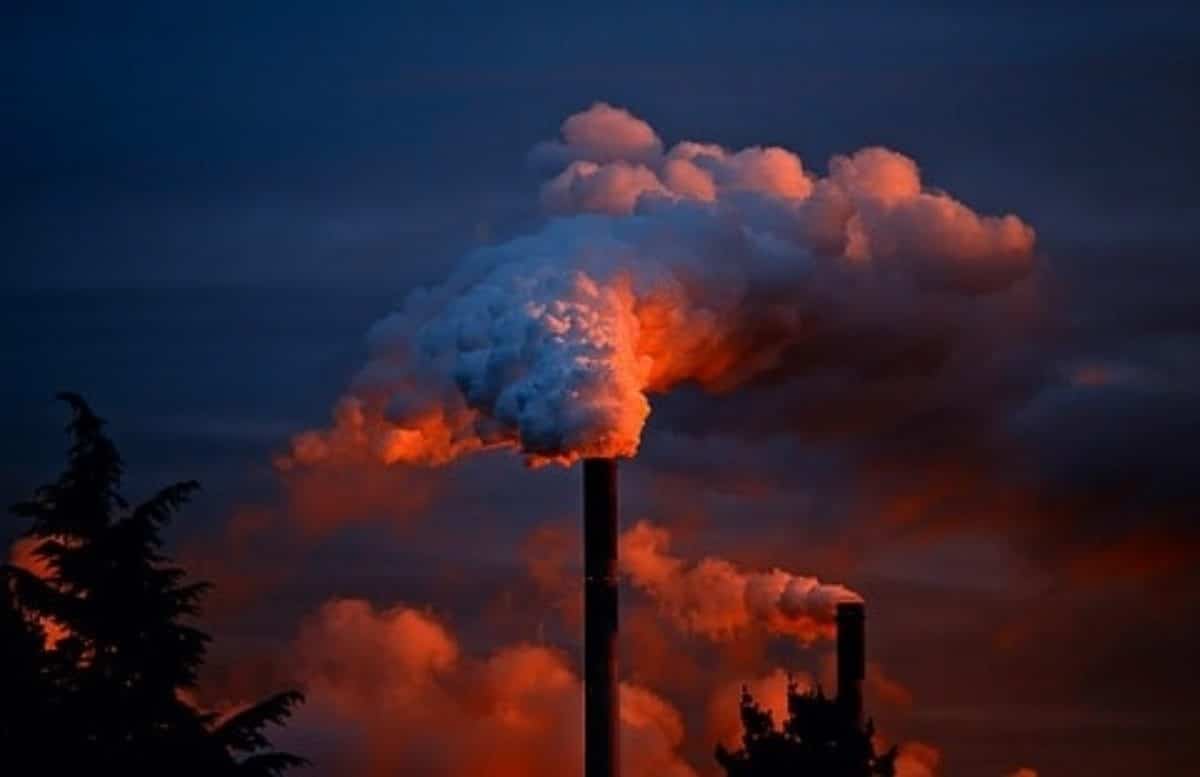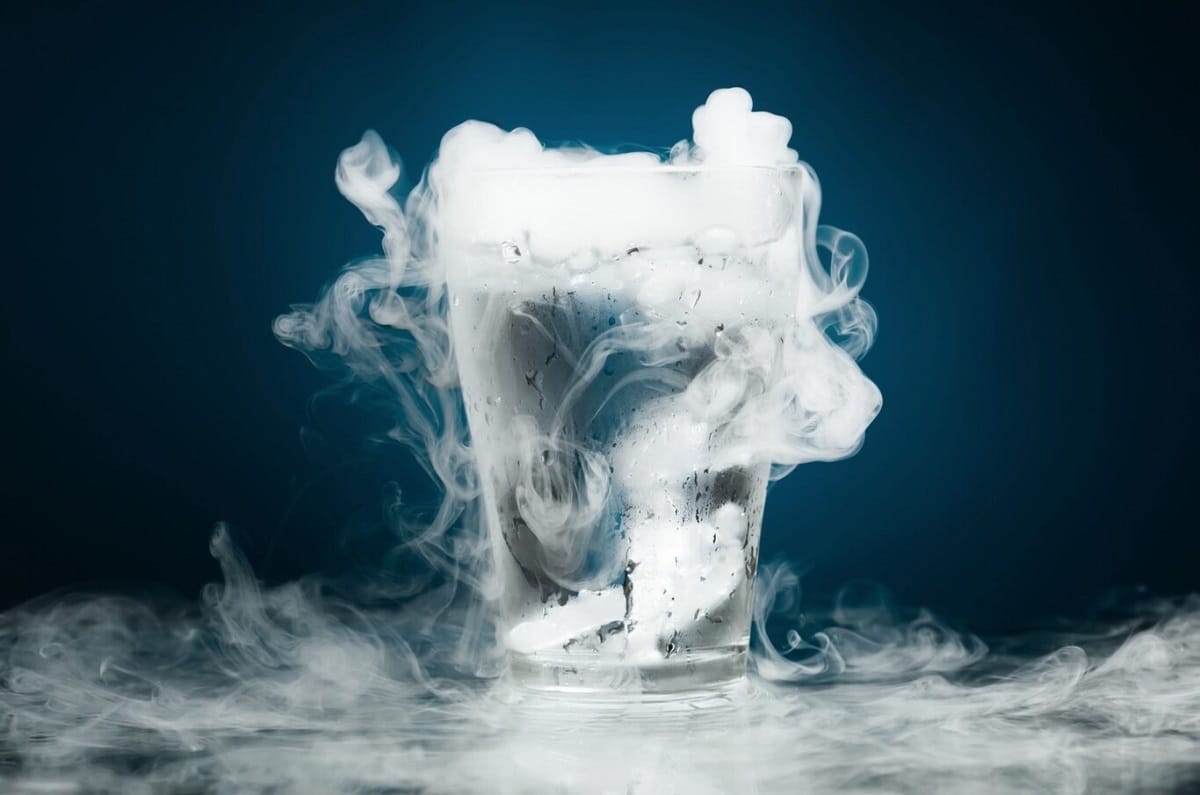
Gas and steam are commonly referred to as molten in the realm of physics and chemistry. Both have different characteristics and therefore should be treated differently in terms of the applications they have. There are multiple differences between gas and steam.
In this article we are going to tell you about the differences between gas and steam, what are the characteristics of each one and how important it is to know how to differentiate them.
what is a gas

A gas is a substance that cannot become a liquid when pressure is applied. A gas is a state of matter. At room temperature, a gas is still a gas in its natural state. To change the phase, you have to change the pressure and temperature.
Gases can be easily compressed, but not as easily as steam, which remains in a constant transition state. Gases take up more space than liquids or solids. Vapor particles retain a definite shape, which is verified when viewed under a microscope, while gases do not have a definite shape.
The gas used by humans is natural gas formed from vapors from fossil deposits, of which methane represents 90%. Natural gas is much cheaper than oil, so it is used in the home for heating and cooking, it does not produce as much carbon dioxide, so it is considered less harmful to the environment than oil and coal. .
what is steam

Vapor is a state of matter in which a substance is in the gas phase at a specific temperature and pressure. Steam can be created from liquids and solids by applying heat or by reducing pressure.
One of the most notable features of steam is its ability to expand and take up any available space. This is because the vapor molecules are free to move and do not have a defined structure as in solids and liquids.
Steam has the ability to transfer heat. Because vapor molecules have great kinetic energy, they can transfer this energy to other objects through the collision of molecules. This is what happens in most heating and cooling systems, where steam is used to transfer heat from one place to another.
Vapor also has a much lower density than liquids and solids. For this reason, the vapor tends to rise in the atmosphere and can produce clouds and precipitation. This property is also useful in distillation, where steam is used to separate different components of a mixture.
types of steam
There are different types of steam. The types of steam are divided according to the form they acquire depending on the context where they are found. Let's see the main ones:
- condensed steam that is pressurized at constant temperature or cooled at constant pressure.
- Water vapor It is the gas that is produced when water is heated to 100ºC when it boils or ice sublimates. It is odorless and colorless.
- The steam acts as driving force behind the turbine to generate electrical or mechanical power.
- Steam cooking is used as a cooking method to prepare food.
- naval propulsion steam. It is used on side wheel propelled boats.
- Steam locomotive propulsion.
Differences Between Gas and Steam

We have already seen that the terms gas and steam are often confused, but They are actually two different states of matter.. Although both are gas phase fluids, there are some key differences between them.
Gas is defined as a substance that is in the gas phase at room temperature and pressure, while vapor refers to a substance that is in the gas phase at a specific temperature and pressure. That is, gas is a fluid found in its natural state, while vapor is produced when the pressure of a liquid or solid is heated or reduced.
Another difference is that gases have a defined chemical composition, while vapors can be a mixture of different substances in the gas phase. For example, the air we breathe is a mixture of gases, while water vapor is a mixture of water molecules in a gas phase.
In addition, gases have a much lower density than liquids and solids, while vapors can have densities similar to or even greater than the liquids from which they are generated. This is because vapors are formed from liquids or solids that have a much higher density than gases.
Regarding their practical applications, the gases are commonly used as fuels or in chemical processes, while the vapors are used in heating, cooling and distillation applications, among other uses.
steam uses
Steam has enormous industrial and economic applications. Let's see which are the best known:
- Generate electricity. Steam is the key to generating electricity, for which steam turbines are used. The logic of the circuit makes it possible to run power plants on different fuels such as nuclear, coal or natural gas, where water is continuously heated until it boils and steam expands to drive a turbine, the work required to generate electricity. . About 90% of the world's electricity is generated this way.
- Domestic use. Water vapor is used for cooking, cleaning fabrics and textiles, and even heating buildings and homes. These various uses, whether in a kitchen or in the boiler of a building, require a certain amount of fuel.
- Disinfection. Given the high temperatures that the steam can reach, it is used in sterilization procedures for floors, laboratory equipment, and other materials that require a non-toxic mechanism for cleaning germs and germs.
- mechanical force. As is the case with power plants, steam power can drive mechanical systems as needed for expansion. The steam engine, invented during the Industrial Revolution, took advantage of this property and used it as a power source for trains, ships, and even steam cars before the discovery of fossil fuels.
I hope that with this information you can learn more about the differences between gas and steam and what are the characteristics of each one.